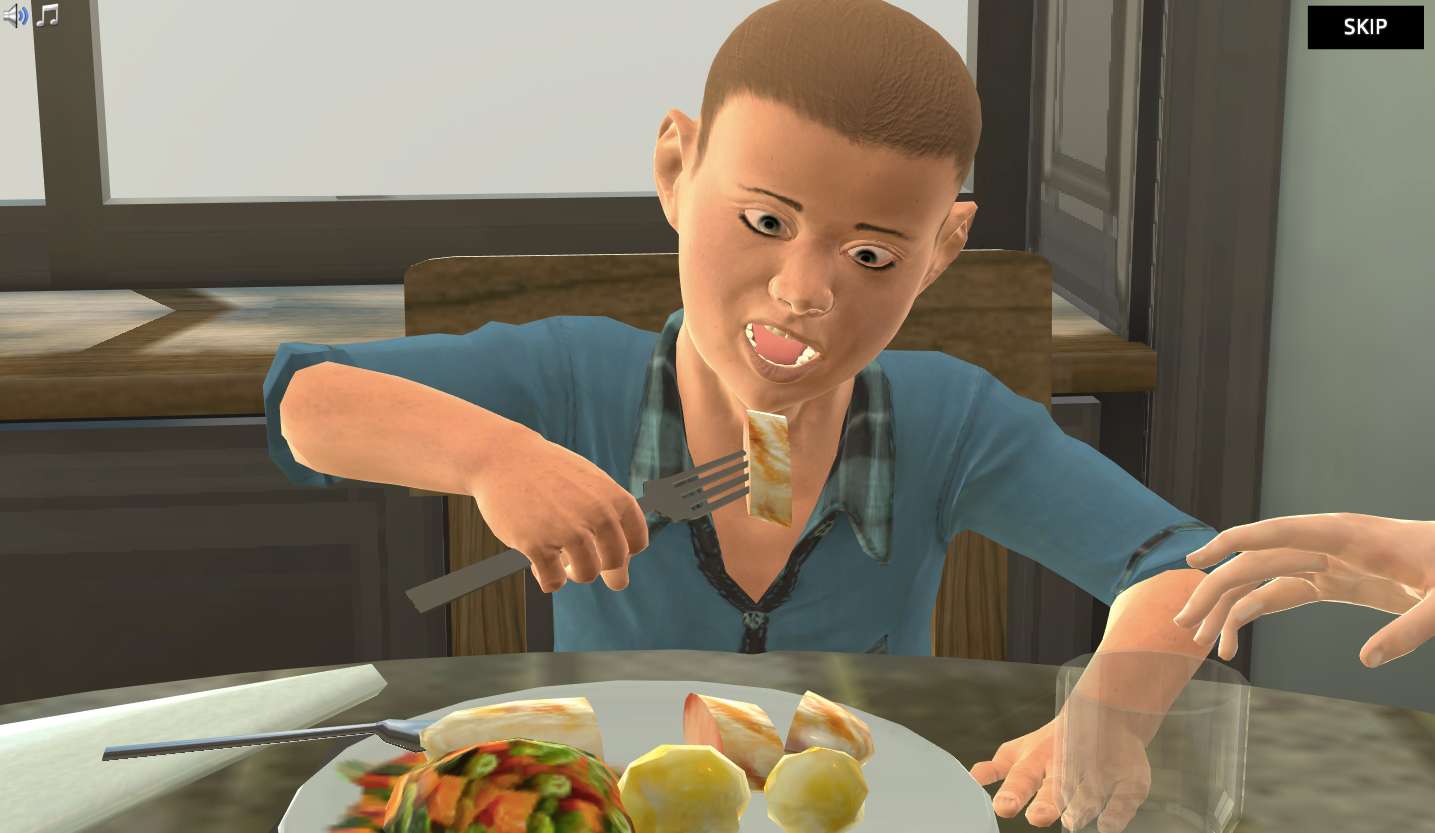Heading 1
Heading 2
Heading 3
Heading 4
Heading 5
Heading 6
Lorem ipsum dolor sit amet, consectetur adipiscing elit, sed do eiusmod tempor incididunt ut labore et dolore magna aliqua. Ut enim ad minim veniam, quis nostrud exercitation ullamco laboris nisi ut aliquip ex ea commodo consequat. Duis aute irure dolor in reprehenderit in voluptate velit esse cillum dolore eu fugiat nulla pariatur.
Block quote
Ordered list
- Item 1
- Item 2
- Item 3
Unordered list
- Item A
- Item B
- Item C
Bold text
Emphasis
Superscript
Subscript
About This Simulation
Learn about the proper techniques of isolating single colonies from a culture sample, how to use aseptic techniques and how to perform plate streaking.
Learning Objectives
- Understand the importance of bacterial growth for the investigation of pathological microorganisms
- Work under aseptic techniques
- Understand the concept of a single colony
- Perform plate-streaking techniques
- Use selective media for isolation purposes
About This Simulation
Lab Techniques
- Plate streaking
- Colony screening
- Sterile technique
Related Standards
- No direct alignment
- Topic 6.8: Biotechnology
- B.1 Microbiology: organisms in industry
- Biology 6.3 Defence against infectious disease
Learn More About This Simulation
In the Bacterial Isolation simulation, you will investigate the cause of a contamination of poultry meat by a dangerous bacteria strain that is resistant to common antibiotics. After taking samples from the chicken farm, you will work in the virtual laboratory to isolate single colonies of the deadly bacteria among a variety of different species. To do so, you will learn how to work under sterile conditions, and you will be able to practice and perfect your plate streaking technique.
Identifying ampicillin resistant bacteria
The premise of the Bacterial Isolation lab is a report of ampicillin resistant bacteria in poultry meat. You will visit the place of origination, a chicken farm, in hopes of identifying the bacteria strain. The first task is to take a sample, which will contain a variety of bacterial strains, and from that, you must identify which strains are resistant to ampicillin by isolating single colonies
Aseptic technique
In the Bacterial Isolation lab, you will learn how to use aseptic techniques—for example, remembering to turn on the Bunsen burner and sterile their loop in between streaks.
Plate streaking technique
In order to identify the specific bacteria strain, you will have to perform bacterial isolation using the plate streaking technique. There is an unlimited supply of agar plates, giving you the opportunity to practice this technique as many times as you like. Results are given immediately, as opposed to waiting a full 24 hours for incubation, as when performed in reality. You will also streak a special Salmonella Shigella agar. The Salmonella Shigella agar contains a certain medium that only promotes growth of Gram-negative strains. Each of the different strains will exhibit a certain phenotype when grown on the Salmonella Shigella agar. By using this information you can identify the specific strain that is resistant to ampicillin. The sample will then be sent for further analysis to fully confirm the identity.
Will you be able to complete the task with your knowledge on bacterial isolation and successfully isolate the dangerous bacterial strain?
For Science Programs Providing a Learning Advantage
Boost STEM Pass Rates
Boost Learning with Fun
75% of students show high engagement and improved grades with Labster
Discover Simulations That Match Your Syllabus
Easily bolster your learning objectives with relevant, interactive content
Place Students in the Shoes of Real Scientists
Practice a lab procedure or visualize theory through narrative-driven scenarios


FAQs
Find answers to frequently asked questions.
Heading 1
Heading 2
Heading 3
Heading 4
Heading 5
Heading 6
Lorem ipsum dolor sit amet, consectetur adipiscing elit, sed do eiusmod tempor incididunt ut labore et dolore magna aliqua. Ut enim ad minim veniam, quis nostrud exercitation ullamco laboris nisi ut aliquip ex ea commodo consequat. Duis aute irure dolor in reprehenderit in voluptate velit esse cillum dolore eu fugiat nulla pariatur.
Block quote
Ordered list
- Item 1
- Item 2
- Item 3
Unordered list
- Item A
- Item B
- Item C
Bold text
Emphasis
Superscript
Subscript
A Labster virtual lab is an interactive, multimedia assignment that students access right from their computers. Many Labster virtual labs prepare students for success in college by introducing foundational knowledge using multimedia visualizations that make it easier to understand complex concepts. Other Labster virtual labs prepare learners for careers in STEM labs by giving them realistic practice on lab techniques and procedures.
Labster’s virtual lab simulations are created by scientists and designed to maximize engagement and interactivity. Unlike watching a video or reading a textbook, Labster virtual labs are interactive. To make progress, students must think critically and solve a real-world problem. We believe that learning by doing makes STEM stick.
Yes, Labster is compatible with all major LMS (Learning Management Systems) including Blackboard, Canvas, D2L, Moodle, and many others. Students can access Labster like any other assignment. If your institution does not choose an LMS integration, students will log into Labster’s Course Manager once they have an account created. Your institution will decide which is the best access method.
Labster is available for purchase by instructors, faculty, and administrators at education institutions. Purchasing our starter package, Labster Explorer, can be done using a credit card if you are located in the USA, Canada, or Mexico. If you are outside of North America or are choosing a higher plan, please speak with a Labster sales representative. Compare plans.
Labster supports a wide range of STEM courses at the high school, college, and university level across fields in biology, chemistry, physics, and health sciences. You can identify topics for your courses by searching our Content Catalog.












.png?fm=jpg&w=450&h=400)





